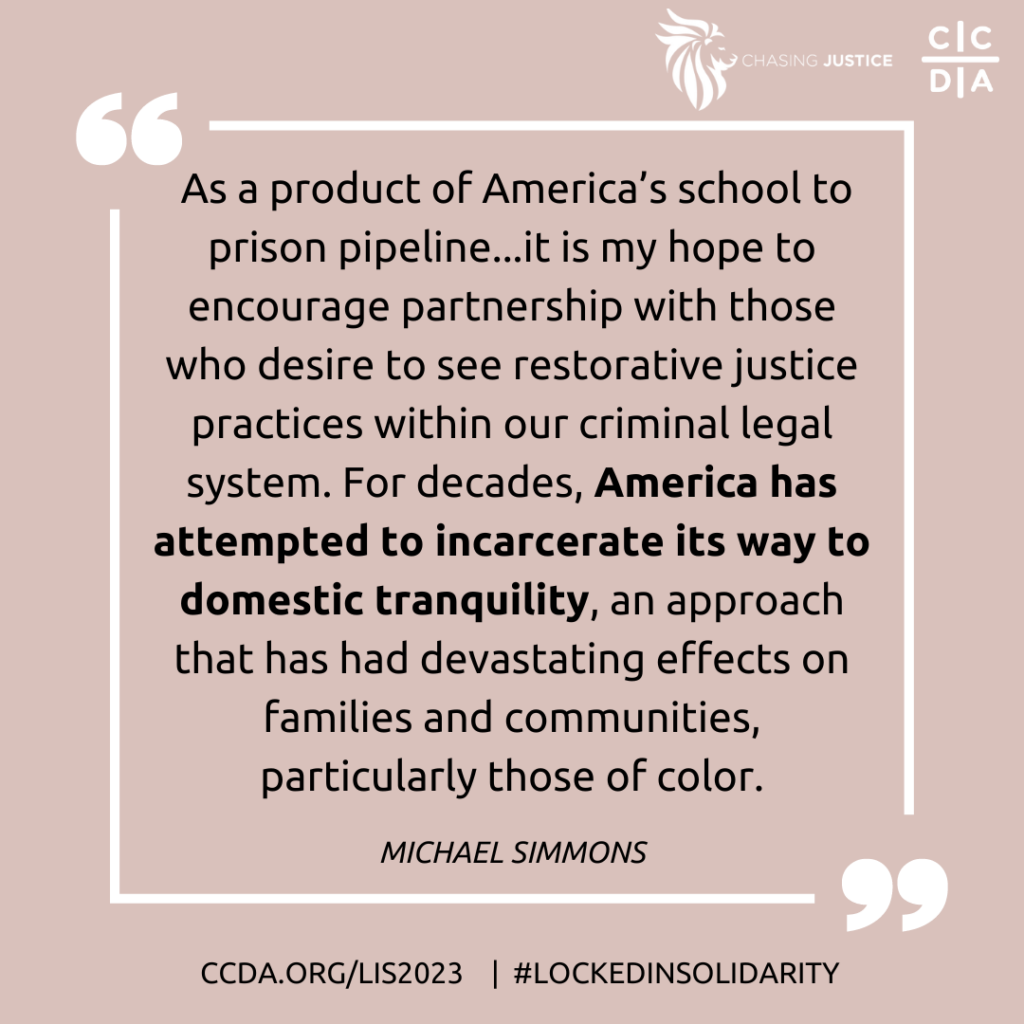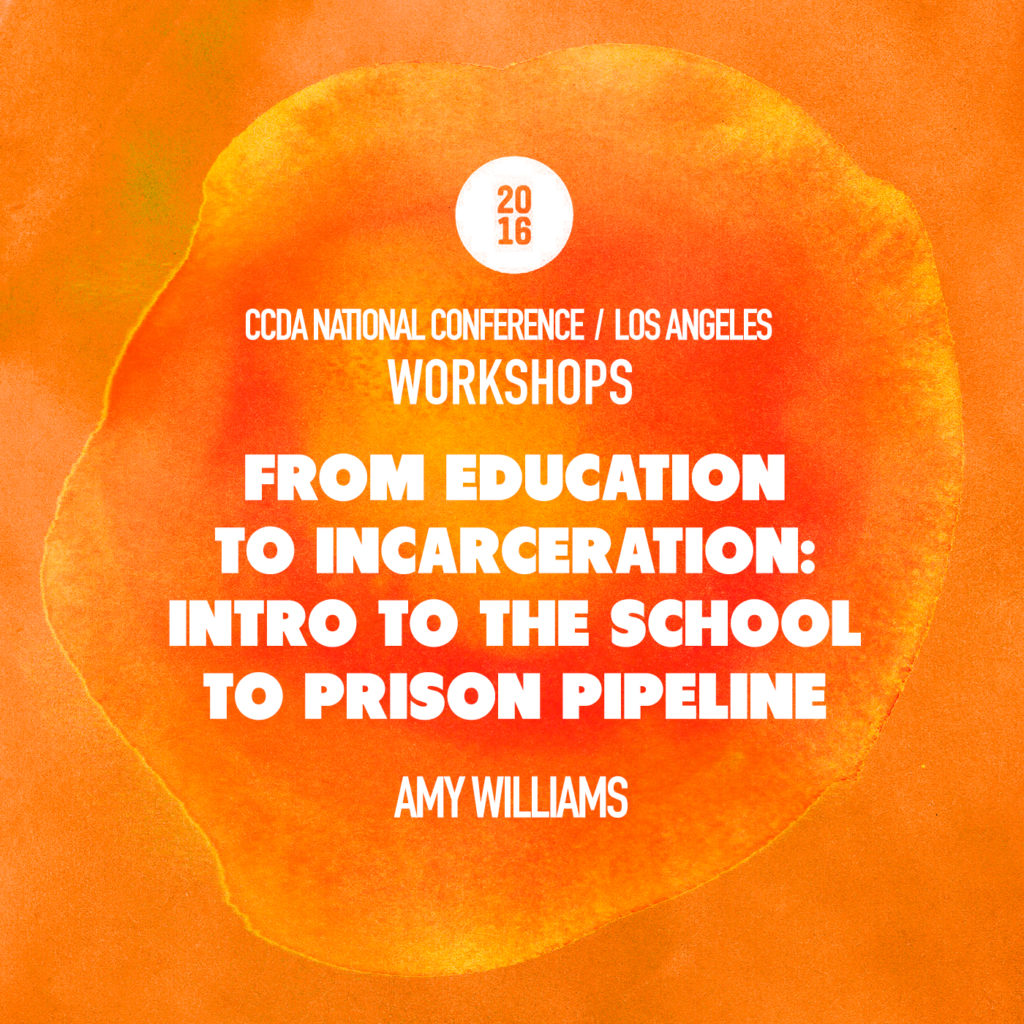
by Michael Simmons
CW: This post includes stories about suicidal ideation.
I remember the first time I wanted to kill myself. It was the day of what was supposed to be a fun game of football between two teams of freshman high school students. During the game, a play was called in the huddle, and our quarterback pointed to me and said, “I’m gonna throw the ball to you. Period.” Running my 10-yard curl pattern to perfection, I was wide open when the pigskin found its way through my nervous hands, bounced off of my body, and landed on the ground. Hustling back to the sideline, I’ll never forget the look of disgust in my coach’s laser-focused eyes, which effectively served to burn away any remaining shreds of self-confidence that my mom had worked to instill in me. This was the first time that I entertained ideations of suicide, which on the surface may sound like a drastic response to one missed catch and disapproving stare. What lies beneath the surface, however, was a mentally scarred and emotionally broken child.
My story, unfortunately, is not unique. There are countless numbers of juveniles whose adverse child experiences fester untreated, resulting in ripples of negative effects on their emotional, psychological, and physical development.
Like many kids growing up in impoverished communities and under-resourced schools, I experienced trauma prior to high school. This included losing my father at a young age to gun violence, losing childhood friends to the same, and experiencing other forms of trauma. I was a troubled child. Yet, I won’t posit here that the social norm of drug and crime-infested neighborhoods predetermined my many run-ins with police and subsequent arrests as a juvenile. Those facts did, I’ll submit, heavily impact my social imagination and, therefore, my decisions that landed me in trouble time and time again.
The juvenile detention center took the place of high school for me. Each stay would serve to reinforce a growing sense of self-loathing that invited more suicidal ideations. Each set of authoritative eyes would, like my football coach’s (who also doubled as my math teacher) remind me, again, that I dropped the ball. Each hope-filled possibility of reentry into society would be met with the reality that, no matter how much I wanted to succeed, I could not do it on my own. To this end, the withdrawal and detachment effects of trauma, along with a toxic understanding of masculinity, kept me from asking for help, or even knowing how much I needed it.
What if, after dropping that pass, I had been met with a reassuring pat on the helmet, or perhaps was encouraged that I would catch the next one? What if there had been student engagement committees at all school levels trained in contextual trauma awareness, conflict resolution, recognizing immediate needs, and equipped to respond with holistic resources? Suppose our “criminal” legal system took more of a restorative than punitive approach to symptoms of trauma and mental illness?
Repetition breathes understanding. Due to a continued cycle of incidents involving school children nationwide, many have recognized the need for responses that support student encouragement, inspiration, and healing. As a product of America’s school to prison pipeline, I am encouraged to hear these conversations, in hopes that our young and emerging adults will receive the care that they need. I humbly implore that readers will ensure that we do not stop at conversations, but that we, in collaboration with school administrators and policymakers, help ensure that we are putting the necessary resources in place.

In addition, it is my hope to encourage partnership with those who desire to see restorative justice practices within our criminal legal system. For decades, America has attempted to incarcerate its way to domestic tranquility, an approach that has had devastating effects on families and communities, particularly those of color. This approach (which does not consider root causes of crime) has proven to have an adverse effect on public safety. Caution is warranted against those in positions of leadership whose sole response is embedded in “tough on crime” rhetoric. Either they mean well and choose not to follow empirical evidence, or they simply know that such language is effective in earning tax-payer votes and dollars. Either, way it’s dangerous.
Tried and true efforts toward public safety seek justice that, while not diminishing the seriousness of crime, ultimately work toward communal healing that disrupts cycles of trauma and violence. This is the heart of restorative justice, which, by the way, is not soft but smart on crime.
Featured Resource:

From Education to Incarceration
2016 CCDA National Conference — Los Angeles Workshop
From Education to Incarceration- Intro to the School to Prison Pipeline — Amy Williams
About Michael Simmons
Michael Simmons has been incarcerated for 20 years. Last year, he earned an MA in Christian Ministry/Restorative Justice degree from North Park Theological Seminary’s School of Restorative Arts. He is currently in his second semester as a Teaching Fellow where, via Zoom, he is present on North Park’s Chicago campus helping to facilitate discussion, answer student questions, and offer guest lecturing in undergraduate courses. He is also a co-founder of Parole Illinois.
Special Thanks
Thanks to Chasing Justice for co-creating this post!




